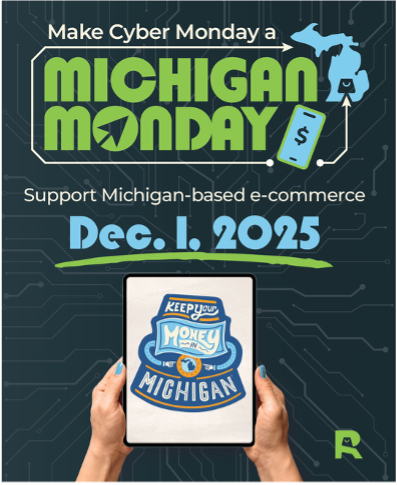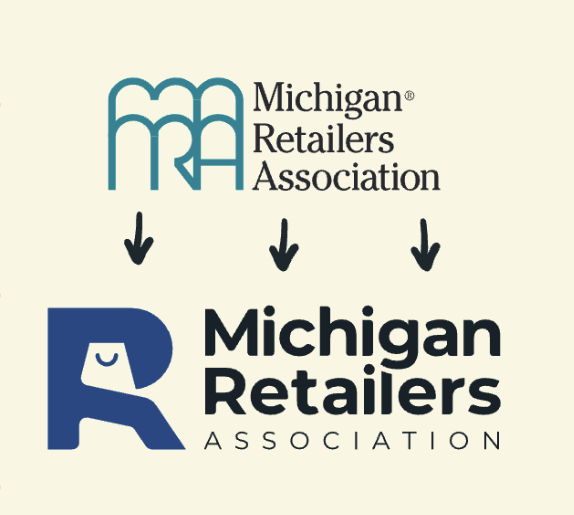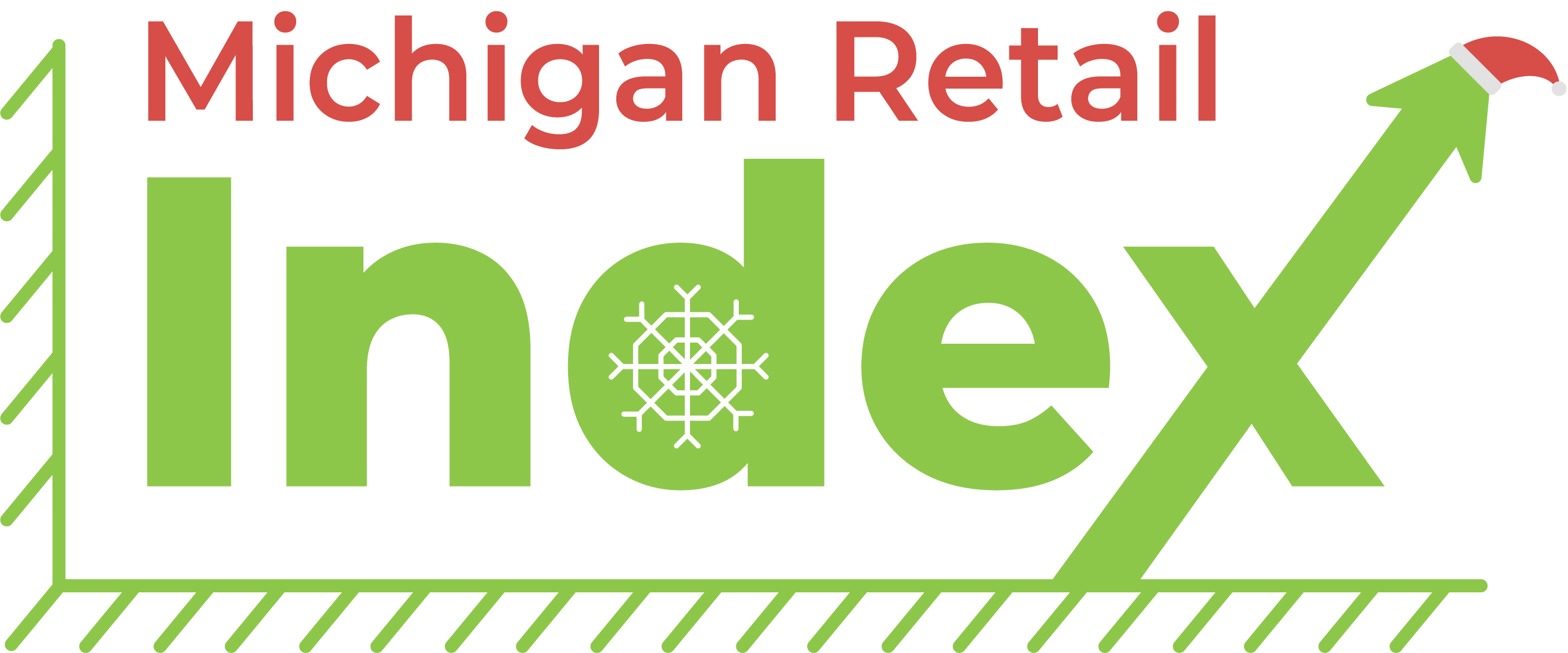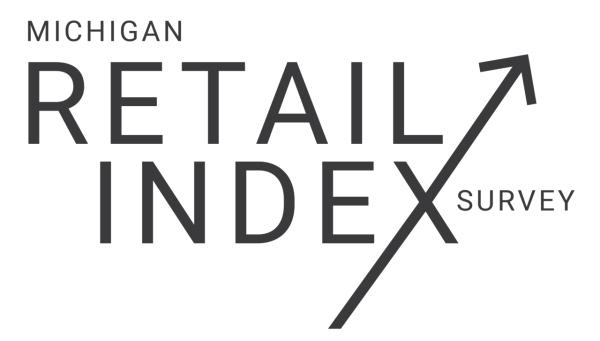By JOHN MAYLEBEN
The phrase “dial tone” is probably going to be one of those things that kids today only ever hear talked about by us old timers – much like VHS, Betamax and any of those other technologies that end up in the dustbin of history.
If you stop and think about it, with today’s cell phone technology, you never have to pick up the phone and listen for a dial tone before dialing the number.
All of us grew up with the original dial tone, what is called “twisted pair” wire from Ma Bell and its subsidiaries. All of the original credit card terminals were built to run on this technology, using the phone jack (referred to as an RJ-11 jack) and did so with a nearly bullet-proof consistency.
Today, if you need dial tone, regardless of whether you buy it from Ma Bell or someone other than the Bell subsidiaries, you are probably getting it via a digital connection and not the original twisted pair copper wires. While this has allowed us all to benefit from competition and the associated lower costs, it has complicated the credit card terminal landscape.
There are two significant issues when a retailer moves from the traditional RJ-11 wiring to a digital phone system.
The first is the simple act of getting a transaction approved and then closing your batch at the end of the day. While the audio representation of the dial tone sounds the same, the way that the tone is generated is dramatically different with a digital phone system. This becomes apparent when the credit card terminal, which worked fine yesterday, stops functioning and can’t make a consistent connection to the processor.
One of the side benefits of moving to these newer ways of generating dial tone is that you, in almost all cases, have to bring high speed internet into your building. That means that you can use the newer terminals to connect that way, instead of dial-up. If you have a terminal that can accommodate a chip card, it has both connection capabilities, RJ-11 and RJ-45 (ethernet).
Unfortunately, sometimes the ethernet jack is not in the same location as the old-style phone jack, so some merchants want to continue to use the older RJ-11 connection. This leads to the second complication that comes from the upgrade in connectivity…
All of the data security rules (PCI) were written assuming the base technology was twisted pair, RJ-11. They consider a traditional phone connection to be a “private” connection and therefore subject to a much simpler (and easy) PCI protection, and the documentation of your practices, standard.
If you move to a dial tone that is generated across the “internet,” then you have opened your phone connection to a method that is no longer considered a private network and you have to apply a much different, and more complex/costly, data protection solution/documentation.
This is because the data from that credit card transaction, if it goes through the new digital phone line, is transmitted unencrypted. When you are surfing the web and you need to put in a password, you always check to make sure the “padlock” is green and therefore the data is encrypted. The credit card terminal, in dial-up mode, doesn’t know how to do this and the connection isn’t secure.
The fix to this? When you change to a digital phone line solution, utilize the RJ-45 connection and call us to move your terminal from dial-up to IP. The current generation of credit card terminals only connect via IP with an encrypted connection.





